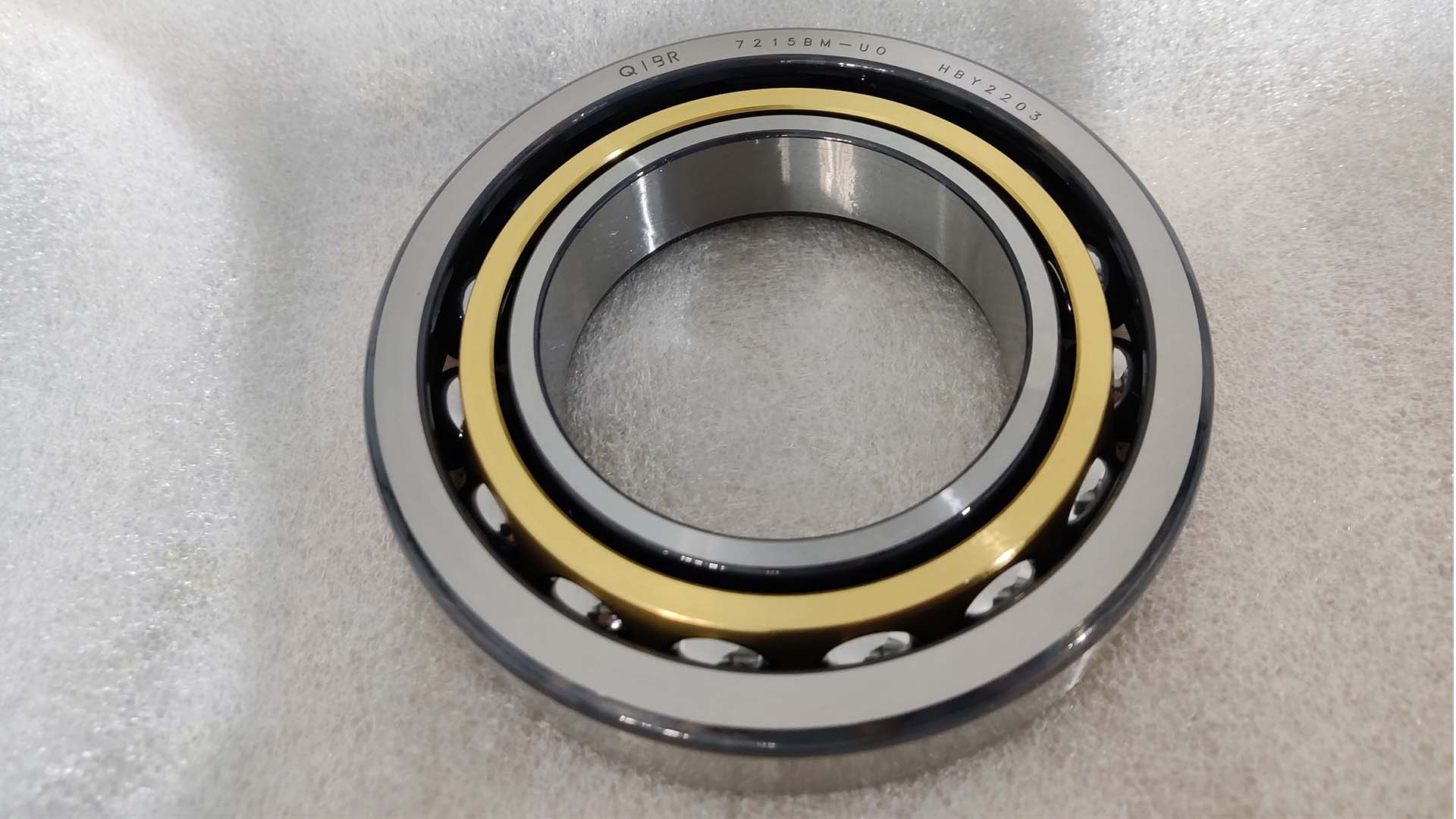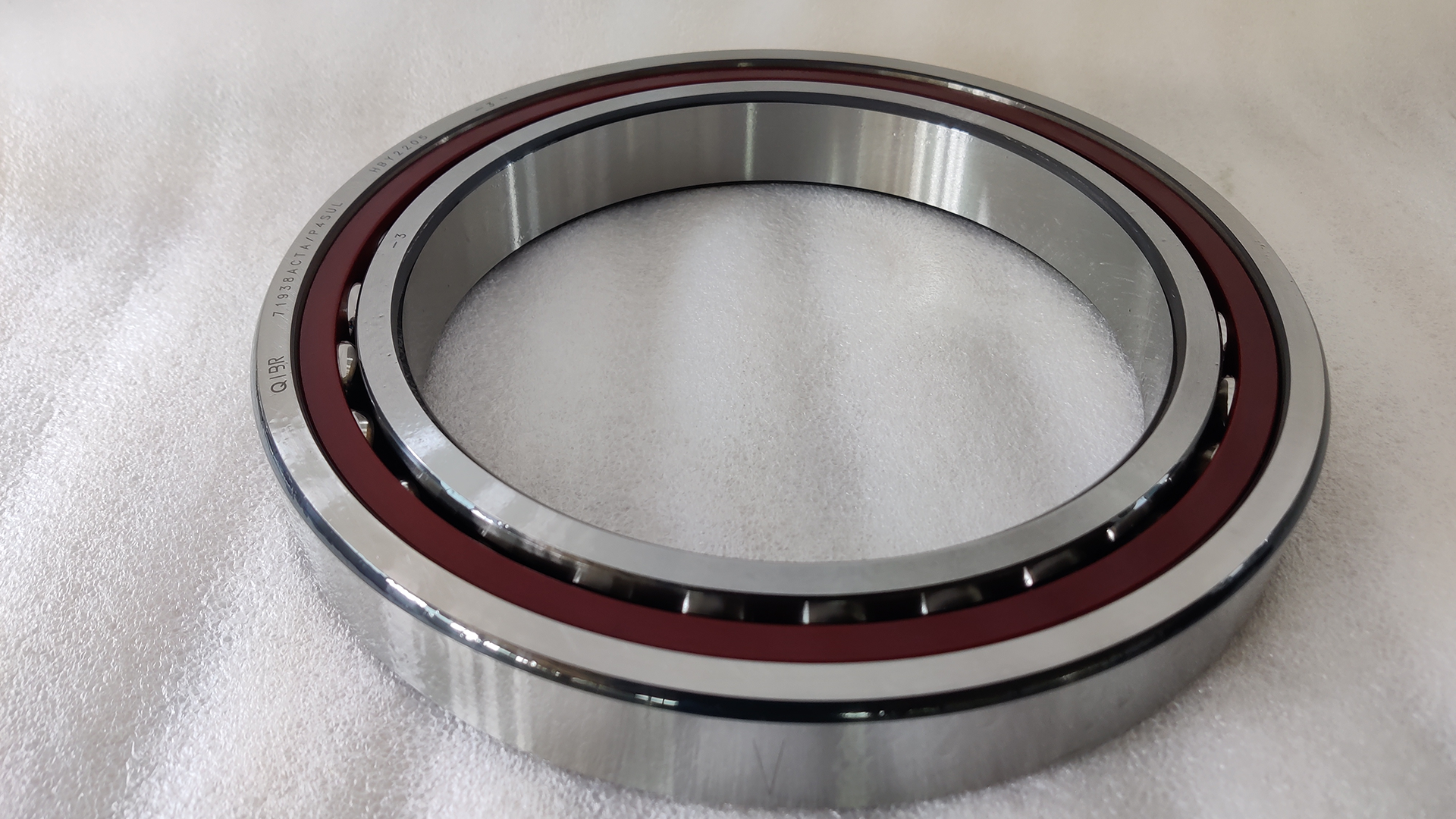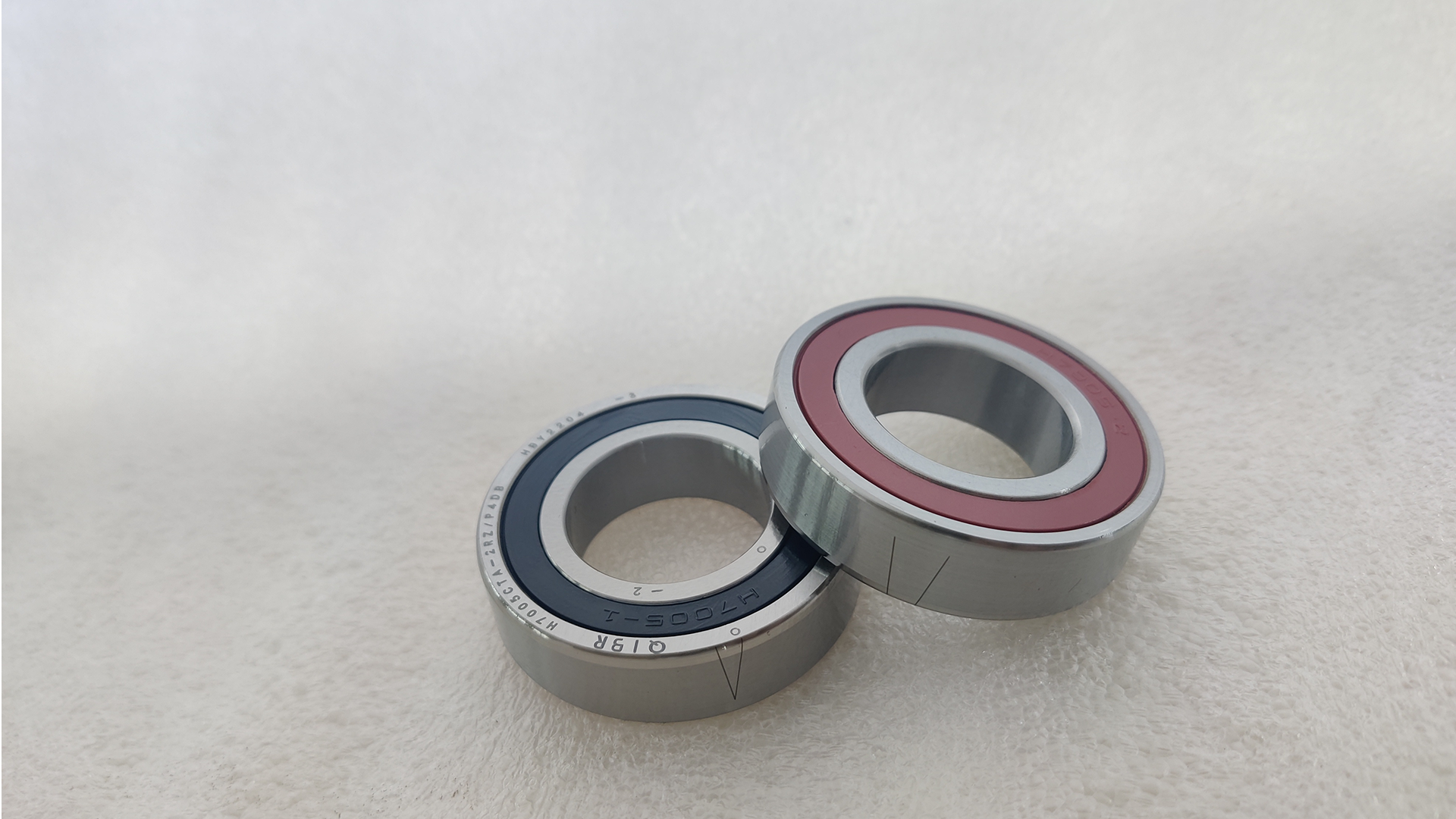Newsroom
How to Ensure Quiet Operation of Bearings?
2024-08-01Noise in high precision angular contact ball bearings can be caused by various factors, almost all of which are related to vibration. We will explain how factors such as bearing manufacturing, tolerance fit, and lubricant selection can affect the vibration and noise levels of bearings.

Firstly, Abnormal noise in high precision angular contact ball bearings is usually associated with bearing damage. Excessive noise is the simplest method to identify bearing damage. However, what about bearings in other applications? If the high precision angular contact ball bearing is not damaged, does it mean there is no noise, or is the bearing noise acceptable?
Bearing races and rolling elements are not perfectly round. Even with extensive fine grinding and polishing, the rolling elements and raceways will never be completely smooth. These imperfections can cause unnecessary vibration, which can damage the high precision angular contact ball bearings during their service life.

1. Factors causing bearing vibration and noise include:
Rough or damaged rolling elements or raceways
Poor roundness of balls or raceways
Internal contamination of the bearing
Incorrect shaft or housing tolerances
Incorrect radial clearance
2. Impact of Bearing Manufacturing on Noise
Low-noise bearings feature excellent surface finish on balls and raceways. During manufacturing, the roundness of the balls and bearing races is strictly controlled. The smoothness or quietness of the bearing can be checked using an accelerometer, which measures bearing vibration at the outer ring, typically with the inner ring rotating at 1800 rpm.
Another method to control noise is to specify radial clearance such that the bearing has nearly zero radial clearance in operation. If the shaft or housing tolerances are incorrect, the bearing may be too tight, leading to excessive noise. Similarly, poor roundness of the shaft or housing can deform the bearing races, affecting bearing vibration and noise.

3. Impact of Bearing Tolerance Fit on Noise
Bearing fit is another important factor to consider. Poor fitting practices can cause dents in the bearing races, significantly increasing vibration. Likewise, contaminants in the bearing can also cause unnecessary vibration.
4. Impact of Lubricants on Noise
To maintain low noise, bearings must be free of contaminants. If bearings are used in environments that are not very clean, dust protection such as contact seals should be considered.
For high-quality bearings, low-noise lubricants are also recommended. These finely filtered greases will ensure that the bearing runs quietly as they contain no large solid particles.
For more information, feel free to contact QIBR


